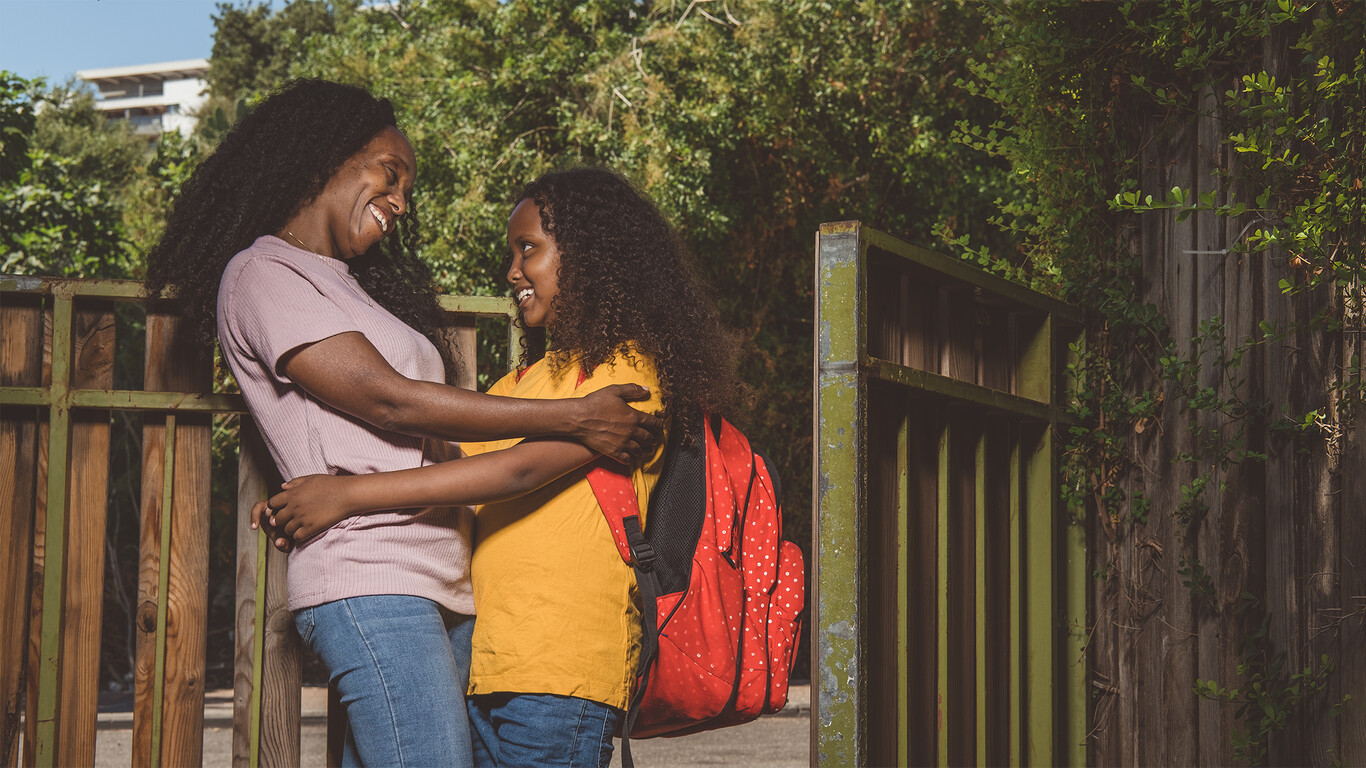Fall Prevention for Babies at Home
Falling from a height of just half a meter can cause serious injury to babies. Falling from a height is the main cause of hospitalization among babies. Most falls occur at home, where children are supposed to be the safest, and generally occur due to lack of supervision, inattention or unsafe furniture. From the moment you return home with infants, you must make sure that their environment is safe for them. Never leave infants alone, not even for a minute, on tall furniture such as a dresser, sofa, diaper changing table or the parents’ bed.
One common mistake is to think that small babies cannot move independently. You should know that babies, even newborns, can use their legs to move. Remember that babies quickly develop, and you never know when they will start rolling over, crawling, standing and climbing. You must be extra careful and keep an eye on them all the time.
Selecting and installing a bed or crib
Going to buy or borrow a crib, playpen or bed? Make sure that you have chosen or received a crib, playpen or bed that is in compliance with Israeli standard requirements. Remember that a crib may be used until the baby is 3 months old, after which you will need to transition the baby to a baby's bed.
- While the baby lies in a bed or playpen, make sure that the safety rail is pulled up.
- Avoid placing furniture, such as shelves or pictures, above the bed to prevent it from falling on the baby if it should become loose.
Note
Note
Do not leave the baby sleeping on a sofa or the parents’ bed, even if you surround the baby with pillows. Read about safe sleep and fall prevention in a crib
Crib mattress
- Adjust the mattress to the exact internal dimensions of the bed and make sure that it is not too large or too small in relation to the bed frame that protects it from falls.
- Make sure to lower the mattress based on the stage of the child’s development.
Changing table dresser
- Choose a changing table dresser that is compliant with the Israeli standard.
- Make sure that the drawers do not pull out completely and that they are well connected so that they do not accidentally fall.
- Attach the dresser to the wall.
- Make sure that the dresser is sturdy, even when the drawers are open, and pressure is applied.
- Do not leave the baby alone on a tall surface such as a changing table and rest your hand on the baby's body the entire time.
Important: Betererm recommends caring for the baby on a floor surface as it is impossible to fall off a floor.
Baby carriage
- Make sure to securely strap the baby during every trip.
- Avoid hanging heavy bags on the carriage to prevent any imbalance that may cause the carriage to fall with the baby inside.
- Avoid escalators when the baby is in the carriage.
- Make sure to use the carriage brake when the carriage is parked with the baby inside to prevent the carriage from rolling away.
- Avoid leaving the carriage with the baby inside next to stairs or a steep slope.
- Do not allow young children to push the carriage with the baby inside on their own. Allow them to help an adult push the carriage.
Read more about safe selection and use of baby carriages
Car seat, trampoline and high-chair
Car seats, trampolines, high-chair and any other item that comes with built-in straps - make sure to securely strap the baby.
Note
Note
Do not place a car seat or trampoline on a table, chair or other tall furniture but only on the floor.
First aid in case of a fall
The head of babies and toddlers under the age of two, and particularly under the age of one, are heavier and larger than the rest of their body. A fall, therefore, increases the risk of significant head trauma. It is important to seek immediate medical attention following a fall when there are concerning symptoms such as change in consciousness, recurring vomiting or change in behavior, particularly if the baby fell on a sharp object or fell from a window or down the stairs.
Written with the assistance of the Beterem organization – the National Center for Children's Health and Safety

















